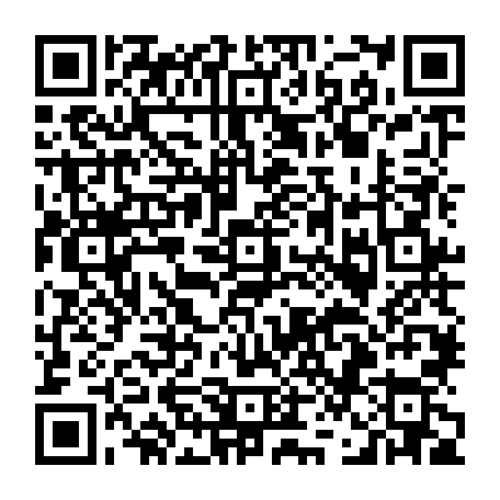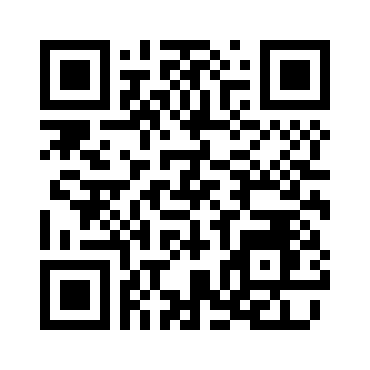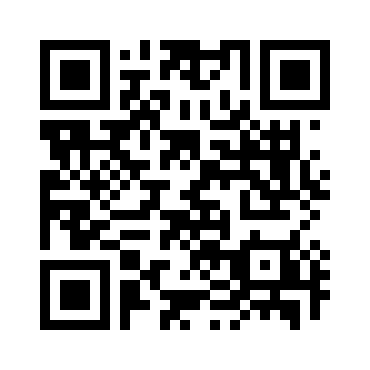By Peter Lee and Galia Benartzi, Co-Founder of Bancor | 4/12/2018
Bancor – https://www.bancor.network/
LinkedIn Profile: Galia Benartzi
Peter Lee: Hi Galia and thanks for the interview. Please tell us about yourself and about the history behind how Bancor came about – and, the problem that Bancor solves.
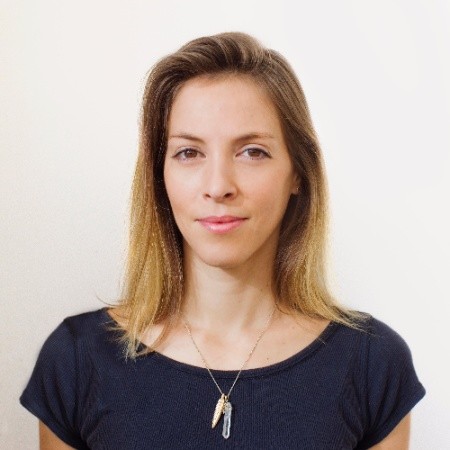 Galia Benartzi: I am the co-founder of the Bancor Protocol, a standard for the creation of cryptocurrencies with built-in convertibility directly through their smart contracts. I’ve been a technology entrepreneur for over a decade, and along with my team have previously founded and sold two companies, one in mobile gaming and the other in cross-platform mobile development.
Galia Benartzi: I am the co-founder of the Bancor Protocol, a standard for the creation of cryptocurrencies with built-in convertibility directly through their smart contracts. I’ve been a technology entrepreneur for over a decade, and along with my team have previously founded and sold two companies, one in mobile gaming and the other in cross-platform mobile development.
In 2013, I moved from Silicon Valley to Tel Aviv to support and invest in Israeli technology as a Venture Partner at Founders Fund. Around this time, my team and I began experimenting with local currency pilots to model, build and test software for community currencies.
Each community currency was successful at first, but usage eventually tapered off, because the currencies were not usable outside the communities that launched them. This liquidity barrier is exactly what we’re aiming to solve with the Bancor Protocol. New currencies uniformly suffer from a barrier to liquidity, leaving holders stuck and discouraging adoption. Today, in the world of blockchain, cryptocurrencies must battle to be listed on exchanges and achieve relevant trade volumes to match buyers and sellers through a classic bid/ask order book.
The Bancor Protocol connects cryptocurrencies to form liquidity networks that enable instant on-chain conversion, without matching buyers and sellers, allowing user-generated cryptocurrencies to thrive. Over 100 blockchain apps, each with its own digital currency, have announced integration with the Bancor Network, while many of the industry’s most popular tokens, including ETH, EOS, DAI (MakerDao) and BNB (Binance), are already live and instantly convertible on the network.
Peter: Bancor raised about 153 million in your ICO in the middle of 2017. Incredibly successful fund raising by any measure, it’s a testament to the belief in the Bancor protocol and the fact that your platform addresses a real problem.
By one count, there are over 1,350 cryptocurrencies currently available. How many of these cryptocurrencies (or, what percentage of all cryptocurrencies) do you think you’ll realistically be able to eventually pull onto the Bancor platform?
Galia: Today the Bancor Protocol is compatible with Ethereum based tokens, and of these, it is our aim to have every one available on the Bancor Network, even as soon as this year. As integration with Bancor becomes more automated and the benefits of continuous, adjustable and algorithmic liquidity more apparent, we believe activating on Bancor Network will become as standard as auditing a token’s smart contracts. Bancor will next evolve to support additional blockchains, adding those tokens to the liquidity network as well.
Peter: Who benefits from Bancor and how does this impact the wider blockchain and cryptocurrency space?
Galia: The Bancor Protocol provides an on-chain, fully decentralized solution for automated token conversions — which benefits both token creators and token holders. We believe that removing friction from the token purchase and conversion process — both within the Bancor Network and within any service that integrates Bancor’s open-source protocol — will dramatically increase adoption of cryptocurrencies and ultimately open the emerging world of decentralized apps to a far wider array of users.
Peter: As the vast majority of cryptocurrencies are relatively illiquid, what is it that’s preventing more or even all of those cryptocurrencies from signing on to the Bancor platform – and, what would be your response to them to convince them otherwise?
Galia: Before becoming familiarized with Bancor, some cryptocurrencies view Bancor as just another exchange that promises liquidity and trading volume but ends up costing more in listing fees and exposes the token and its holders to volatility and manipulation.
By integrating with the Bancor Protocol, cryptocurrencies have been able to offer their users an easy, low-cost way to buy and sell their tokens, directly from the token’s site, at prices that are fair, transparent and auditable through smart contracts. As Bancor’s outreach efforts expand, more teams and tokens will be exposed to the benefits of automated liquidity, and more users will demand it from their projects.
Peter: The Bancor Protocol is similar to an exchange but it’s also very different. What are the similarities and differences?
Galia: The Bancor Protocol functions similar to an exchange, but behind the scenes, it flips the exchange model on its head by removing the need to match buyers and sellers. Instead, Bancor enables automated token conversions that occur between users and smart contracts. These smart contracts can be viewed as decentralized, autonomous, transparent and predictable market makers, rather than exchanges.
Since their logic is transparent and immutable, it is always possible to predict how a purchase or sale of an integrated token will move its price, which ultimately leads to more stable token prices. The predictability and uniformity of the price slippage is a key benefit of Bancor. So is the inability to easily manipulate prices with fake volumes or pump and dumps, as continuous automated liquidity and transaction-generated pricing make these existing flaws in the current system obsolete.
Peter: As you’ve mentioned there are a lot of issues with centralized cryptocurrency exchanges. How do you see the competitive landscape and who do you see as your main competitors in this space?
Galia: Bancor’s landscape consists of both centralized and decentralized exchanges, and there are numerous of each in every region. In addition to being its own destination where users will be able to buy and sell tokens, Bancor’s open-source protocol will also be able to benefit other exchanges by providing an automated way to fill gaps in liquidity for certain tokens at certain times. The very existence of an automated, open source and on-chain market maker will affect the entire space.
Peter: How has the crpto industry evolved since you’ve been involved? What has surprised you?
Galia: I’ve been most surprised by the pace at which the crypto industry is evolving. A few years ago in the blockchain industry, crypto remained somewhat limited to a very small group of insiders. The pace at which the conversation expanded to the general public has been breathtaking to witness and be a part of.
This presents both an incredible opportunity to bring everyone into an important undertaking, and a challenge to explain complex technologies and nuanced dynamics to a variety of people quickly and concisely.
Peter: What progress has Bancor been making and what will that look like 5 or 10 years from now? Do you have an example of how our daily lives might be affected?
Galia: Bancor launched in June 2017 at the onset of a massive surge in attention to cryptocurrency. At the time, access to trading tokens was limited to a small group of insiders. Ten months after its historic token generation event, Bancor is taking great strides towards creating a user-friendly liquidity solution that makes digital currencies accessible to the masses.
In the emerging world of decentralized apps, where anyone can create a currency, Bancor will allow regular people to instantly convert between virtual assets, making transactions as frictionless as loading a web page, and unlocking enormous purchasing power for consumers.
Imagine if your coffee shop loyalty points were accepted at any cash register in the world, or your airline miles could buy cellular minutes with the click of a button. With the Bancor Protocol — which recently hit nearly $40 million in token conversions per week, between nearly 70 tokens and counting — we are aiming to make this vision a reality – and soon.
Peter: What can you tell us about the recent launch of the Bancor Wallet and how that’s coming along?
Galia: The Bancor Wallet launch was our largest product release to date, and a major step forward for the project, the Bancor community and the industry at large. Users no longer need to send their cryptocurrencies to exchanges if they wish to acquire other tokens. Instead, users can convert their cryptocurrencies directly and seamlessly from within their own wallets, and without having to deal with common issues that plague exchanges.
Up until now, a large portion of visitors who arrived on Bancor’s site to buy and sell tokens were unable to immediately do so because they did not have a supported third-party wallet or a Web3 wallet (such as MetaMask) installed on their browser.
Now, all users need in order to open a wallet on the Bancor Network is a Telegram, WeChat or Messenger account, and they can immediately start buying and selling tokens with any major credit (thanks to our recent fiat-to-crypto integration) or by importing any existing ERC20 Wallet into Bancor.
As we’ve removed these barriers, we’ve seen a conversion volume continue to climb on the Bancor Network, which is now the largest decentralized solution for converting tokens as measured by daily conversion volume, recently passing IDEX and EtherDelta (or ForkDelta).
Peter: Where is Bancor headed next, what can we expect, and are there any surprises in store?
Galia: With the launch of the wallet and our fiat-to-crypto integration via credit card, Bancor has really started to hit our stride and is well positioned to accelerate growth of the network and deliver against our upcoming roadmap, including enhanced trader tools, self-service token activation, a native mobile app and our developer APIs that will enable any blockchain app to embed automated token conversions into their environments.
Peter: Before we finish up, I have to ask ‘How do we save the world?’ What thoughts or solutions come to mind?
Galia: I spend a lot of time thinking about inclusivity. The solutions to improve the world will likely be found in unlikely places, and only by combining a diverse set of talents and ideas will we be able to uncover and deploy solutions that best represent the diverse needs of our human fabric. Only when we include more people in the conversation will we find the answers we’re looking for. Any organization that is making efforts to include new perspectives at their decision-making tables is taking us all a step in this direction.
Peter: I understand you have a dog. What’s her name and does she have any official duties?
Galia: I have a trusty sidekick named Negev. She’s become Bancor’s official office mascot and I take her nearly everywhere I go, domestically 🙂
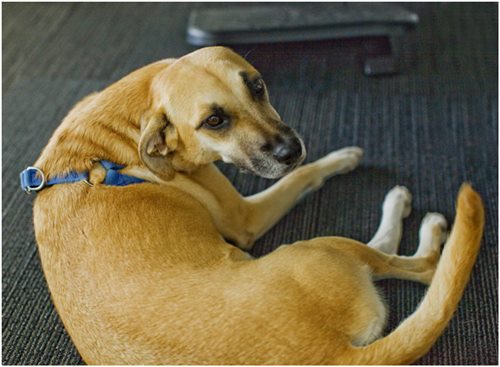 Peter: Where did you get Negev and what’s his/her breed?
Peter: Where did you get Negev and what’s his/her breed?
Galia: Negev is a 4 year old likely Canaanite mix breed. I adopted her from an animal shelter when she was just 6 weeks old.

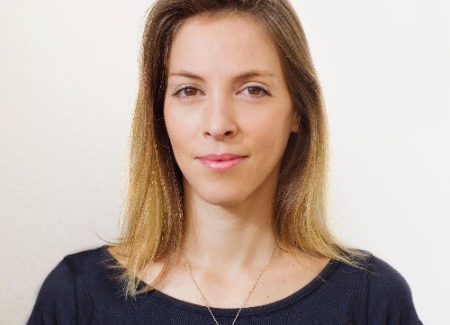

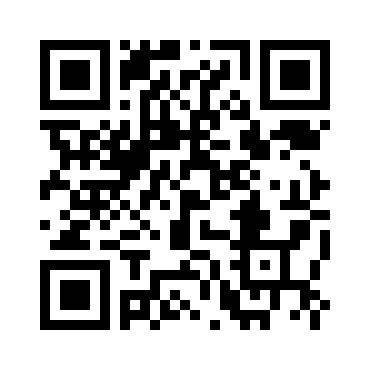



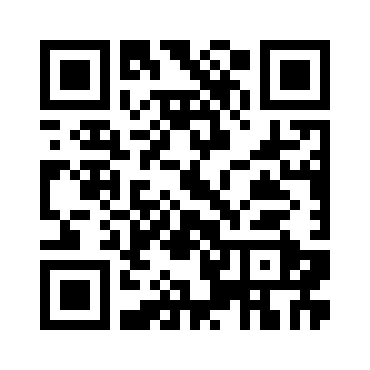

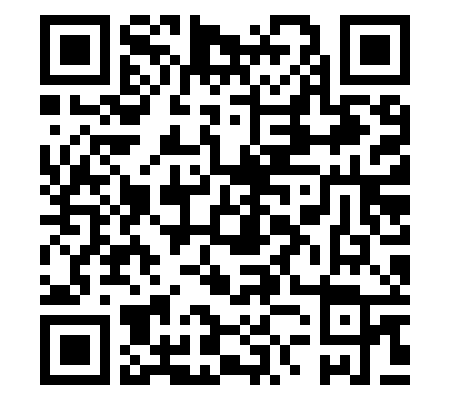 Thank you!
Thank you!
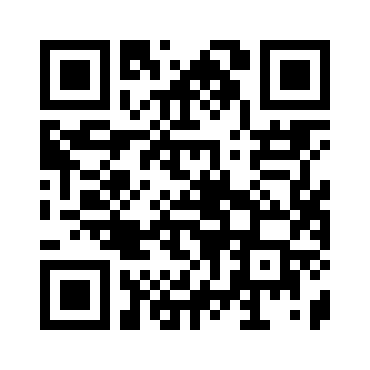 Thank you!
Thank you!
 Thank you!
Thank you!
